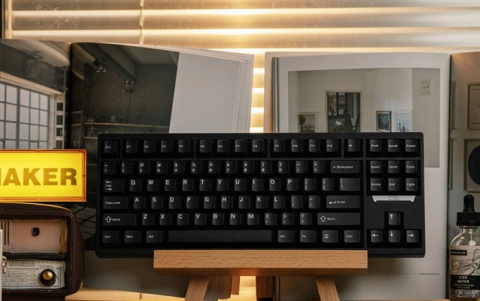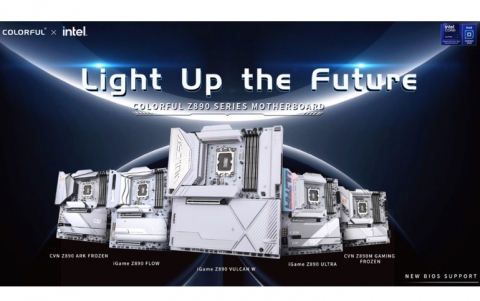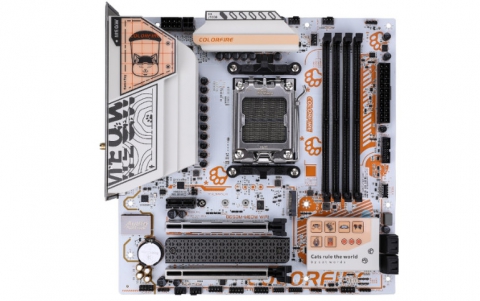Writing Quality
27. Tests after recording
Review Pages
2. Pits and Lands
3. Error Correction - Page 1
4. Error Correction - Page 2
5. Error Correction - Page 3
6. CIRC - Page 1
7. CIRC - Page 2
8. CD Decoding system
9. C1/C2 Errors - Page 1
10. C1/C2 Errors - Page 2
11. EFM - Page 1
12. EFM - Page 2
13. Jitter - Page 1
14. Jitter - Page 2
15. Jitter - Page 3
16. Oscilloscope
17. Jitter at DVD
18. Technologies for Reducing Jitter
19. JVC ENC K2
20. AudioMASTER
21. VariREC
22. TEAC Boost Function
23. Testing Equipement - Page 1
24. Testing Equipement - Page 2
25. Calibration media
26. Tests before recording
27. Tests after recording
28. Atomic Force Microscopy
Writing Quality - Page 27
Tests after recording
In general there are three types of tests. For detailed explanation visit Quantized (http://www.quantized.com).
Data Channel tests
Those tests are concerned with the integrity of the decoded data from the disc in terms of the amount of and severity of errors on the disc. This is a good overall indication of disc quality, however, when there are underlying problems causing high error rate the root of the problem can be found by looking at other tests. In that category there is only the BLER measurement.
Servo tests
Those tests are generally indicating the trackability of the target disc. This indicates whether there are any problems with the overall track geometry which are likely to cause playability problems. In that category we can find the following measurements:
- Push Pull
- Radial Noise
- Radial Acceleration
High Frequency tests
Those tests examine the read signals form the test player laser pickup. The nature of these signals indicates the overall pit structure on the disc is usually a good indicator of disc playability. In that category we can find the following measurements:
- Reflectivity
- I3/Itop
- I11/ITOP
- Asymmetry
- Beta
- CrossTalk
- Radial Contrast
- EccentricityJitter
Below are listed the initial and the explanation of various measurement tests for written CD-R/RW media. Note that not all measurements are described in the CD specifications. Several testing equipment manufacturers, using the standard standards, created new measurements that describe in a better way, according to them, the condition of a written disc:
- Iga: Signal Level of Groove
- Ila: Signal Level of Land
- RCa: Radial Contrast
- TEa: Push Pull Amplitude
- Push-Pull a: 0.1µm Offset Push-Pull
- RNa: Radial Noise of Push-Pull
- WNRa: Wobble CNR
- Cross Talk
- Itop
- I3/Itop
- I11/Itop
- I3/I11
- Asymmetry
- Beta (?)
- NPPR: Normalised Push-Pull Ratio
- Rtop: Reflectivity from Itop
- Rga: Reflectivity of Groove
- Rla: Reflectivity of Land
- C1: Error rate/sec
- C2: Error rate/sec
- CU: Total Number of CU Errors
- Jitter
- ATER: ATIP Error rate
- ATBEL: Maximum ATIP Errors
- ATIP Jitter
Review Pages
2. Pits and Lands
3. Error Correction - Page 1
4. Error Correction - Page 2
5. Error Correction - Page 3
6. CIRC - Page 1
7. CIRC - Page 2
8. CD Decoding system
9. C1/C2 Errors - Page 1
10. C1/C2 Errors - Page 2
11. EFM - Page 1
12. EFM - Page 2
13. Jitter - Page 1
14. Jitter - Page 2
15. Jitter - Page 3
16. Oscilloscope
17. Jitter at DVD
18. Technologies for Reducing Jitter
19. JVC ENC K2
20. AudioMASTER
21. VariREC
22. TEAC Boost Function
23. Testing Equipement - Page 1
24. Testing Equipement - Page 2
25. Calibration media
26. Tests before recording
27. Tests after recording
28. Atomic Force Microscopy













